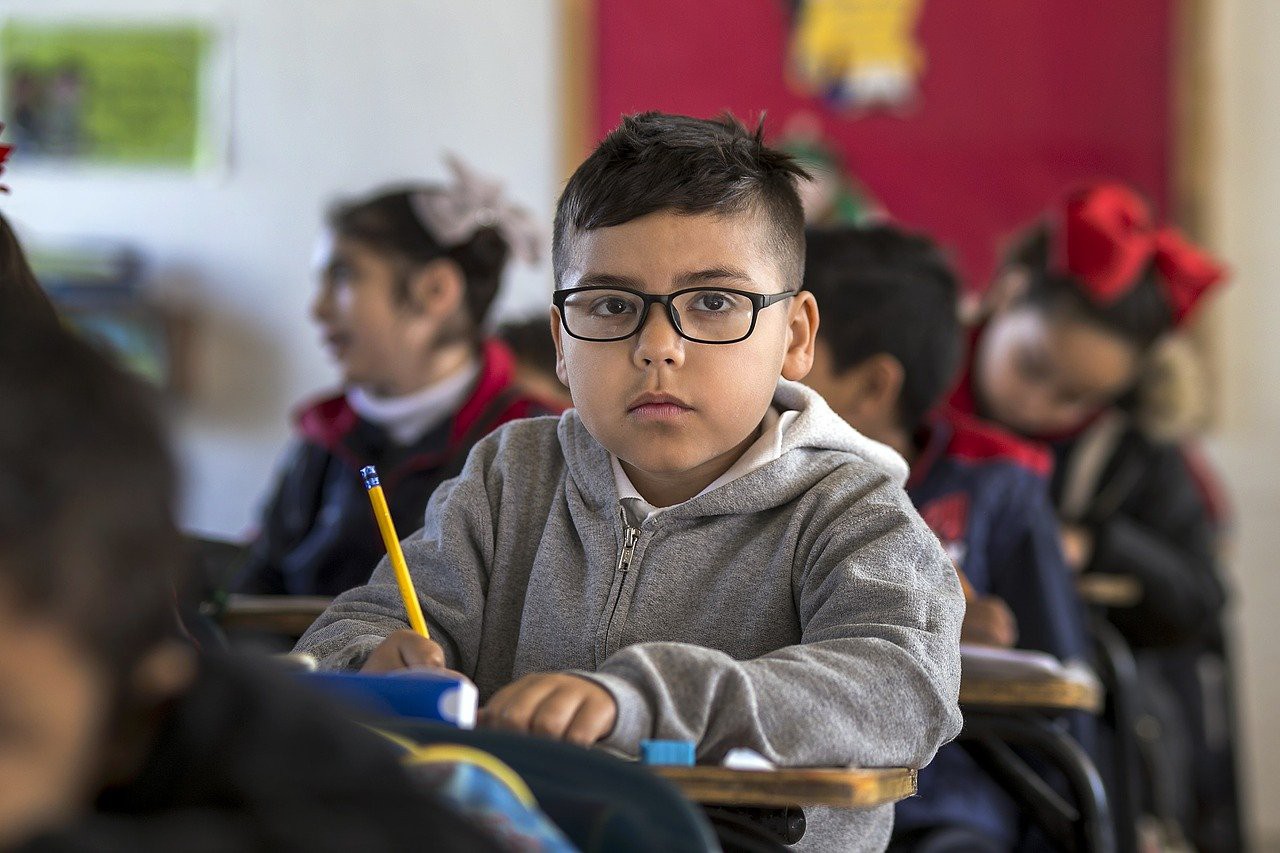Every student is endowed and develops differently from the other. However, the learning environment plays a significant role in their development. Students need to feel safe and comfortable as they learn. Teachers need to create an environment where they can teach effectively, with students feeling appreciated and understood for who they are. The following are clever ways to transform your learning environment into a haven for your students.
Give Students Choices
Although you’re the teacher, learning is more about the students. Give them opportunities to decide how they’d like to learn to create a safe and comfortable learning environment. To make it easy, once in a while, create multiple choices on many learning activities and allow students to select what works best for them. Give students a choice to present their work in different ways that suit them, for example, through videos, a play, or paperwork.
Hold Routine Meetings
For a learning environment to feel safe, students should treat each other as members of a community. Hold meetings every morning or evening, where you can openly discuss pressing issues not only in class but in the entire school. Use these meetings as an opportunity to give students a voice; begin with listening and give your feedback.
Keep the Classroom Clean and Organized
Maintaining a clean and organized classroom is the first step to ensuring a safe learning environment. Arrange furniture to avoid accidents, place learning materials where they are easily accessible, and make sure students clean up after themselves to avoid distractions. Take additional precautions by using traffic safety supplies to prevent accidents on the hallways when crowded with students.
Be Sensitive to Students’ Individual Needs
Students have their special, individual needs that must be met. Although this can be challenging in a large class where the curriculum is overloaded, differentiating your students’ needs and addressing them accordingly. Instead of always teaching directly, do an individual differentiation and assessment test to discover each student’s interests, learning styles, and academic strengths.
Establish Clear and Positive Rules
Human is to err, and students, especially, are no exemption. However, to maintain a safe learning environment, you must establish sets of rules that apply to everyone. Every student should understand that inappropriate behavior results in consequences. Ensure the rules are clear and positive, not a set of do nots. Instead of shouting when a student makes a mistake, be calm and use a firm tone to get your point across.
Engage Everyone
As you strive to provide a safe environment for students, remember to engage them in activities that challenge them. Identify everyone’s strengths and weaknesses to help them better. The only way to make every student feel appreciated, safe, and understood is by engaging with all of them and addressing their issues according to their needs. Don’t play favorites; give everyone equal treatment, no matter how excellently or poorly they perform.
Bottom Line
Student safety is vital for their learning and overall success. Use educational apps to assess differences in students and as alternative teaching options. Allow students to take part in decision-making about learning, hold routine meetings, and engage everyone. Ensure the learning environment is clean and organized, have clear and positive rules, and be sensitive to each student’s needs.



![Read more about the article Movers And Shakers Of The Week [April 5- April 10]: Bytedance](https://blog.digitalsevaa.com/wp-content/uploads/2021/04/Movers-1200x628-1-300x157.jpg)






